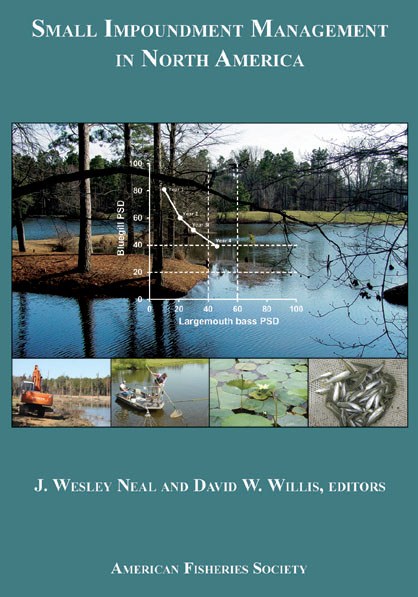Water Quality is a very complex subject. Dr. Claud Boyd is an expert and writes for PB .
consider getting this book.

Chapter
3. Physiochemical Characteristics of Ponds (Claude E. Boyd and Christopher A. Boyd)
Claud Boyd is the preeminent professor on pond/lake water , soil, etc.
See this from SRAC
https://srac.tamu.edu/serveFactSheet/108 SRAC Publication No. 460
Control of Clay Turbidity in Ponds
The effect of clay turbidity
on dissolved oxygen
The dissolved oxygen in sportfish
or farm ponds normally fluctuates
widely during the summer.
During the day, plant photosynthesis
increases the oxygen concentration;
during the night, plant
and fish respiration reduces the
oxygen concentration in the water.
Clay turbidity reduces the magnitude
of daily fluctuations in dissolved
oxygen concentration, so
that it gets neither very high nor
very low. However, muddy water
tends to have a lower average
concentration of dissolved oxygen
than water with a green phytoplankton
bloom. Clay turbidity
can sometimes develop quite suddenly,
as when heavy storm
runoff enters the pond or high
winds churn the water and cause bottom soils to be resuspended. In
such cases, oxygen may decline to
critically low levels and make it
necessary to aerate the pond